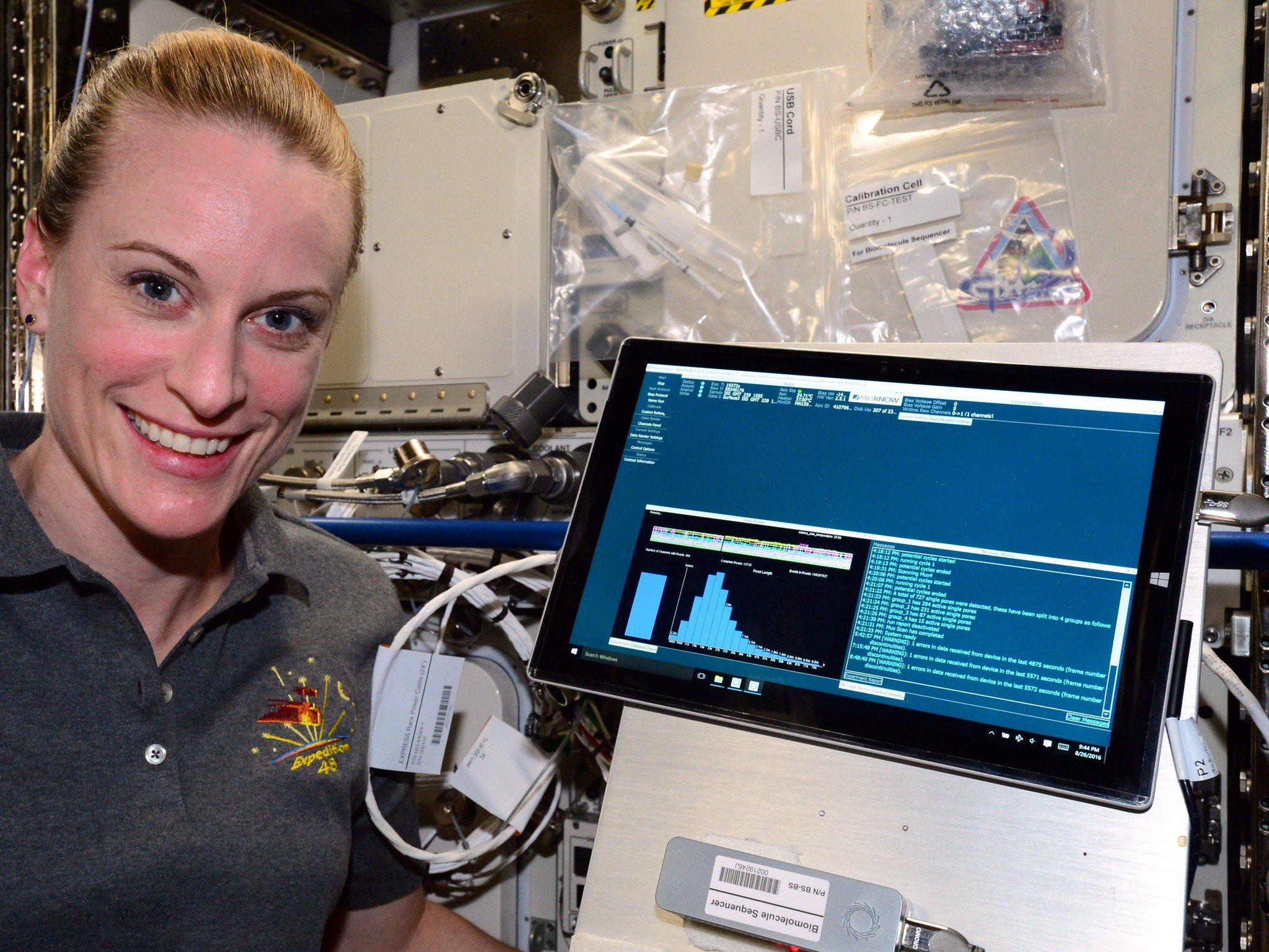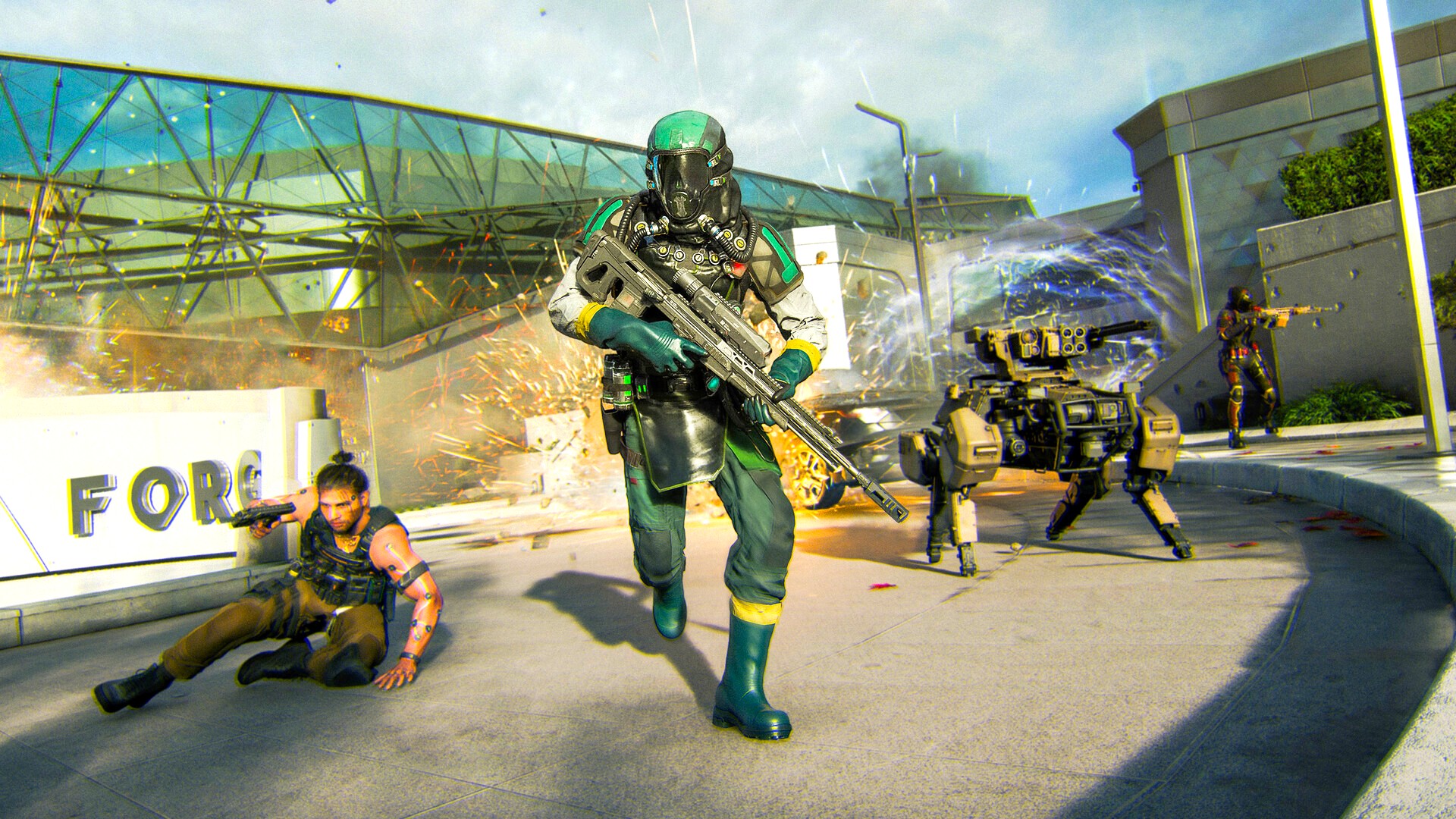Surface tablets helped to sequence DNA on board the International Space Station

NASA announced today that DNA was successfully sequenced in microgravity for the first time by astronauts on board the International Space Station. The astronauts used Surface tablets from Microsoft to help achieve this historical event.
In a press release (via MSPU), NASA clearly shows the Surface tablet in an image with NASA astronaut Kate Rubin. She successfully sequenced DNA as part of Biomolecule Sequencer experiment this weekend:
The Biomolecule Sequencer investigation sent samples of mouse, virus and bacteria DNA to the space station to test a commercially available DNA sequencing device called MinION, developed by Oxford Nanopore Technologies. The MinION works by sending a positive current through pores embedded in membranes inside the device, called nanopores. At the same time, fluid containing a DNA sample passes through the device. Individual DNA molecules partially block the nanopores and change the current in a way that is unique to that particular DNA sequence. By looking at these changes, researchers can identify the specific DNA sequence.
The first results from the experiment show that the DNA sequencing matched up on board the ISS and on Earth. NASA says the ultimate goal is to "extract, prepare and sequence DNA to identify unknown microbes on orbit."
Microsoft has already sent two of the HoloLens headsets to the ISS for different experiments.
All the latest news, reviews, and guides for Windows and Xbox diehards.

John Callaham was a former contributor for Windows Central, covering Windows Phone, Surface, gaming, and more.
